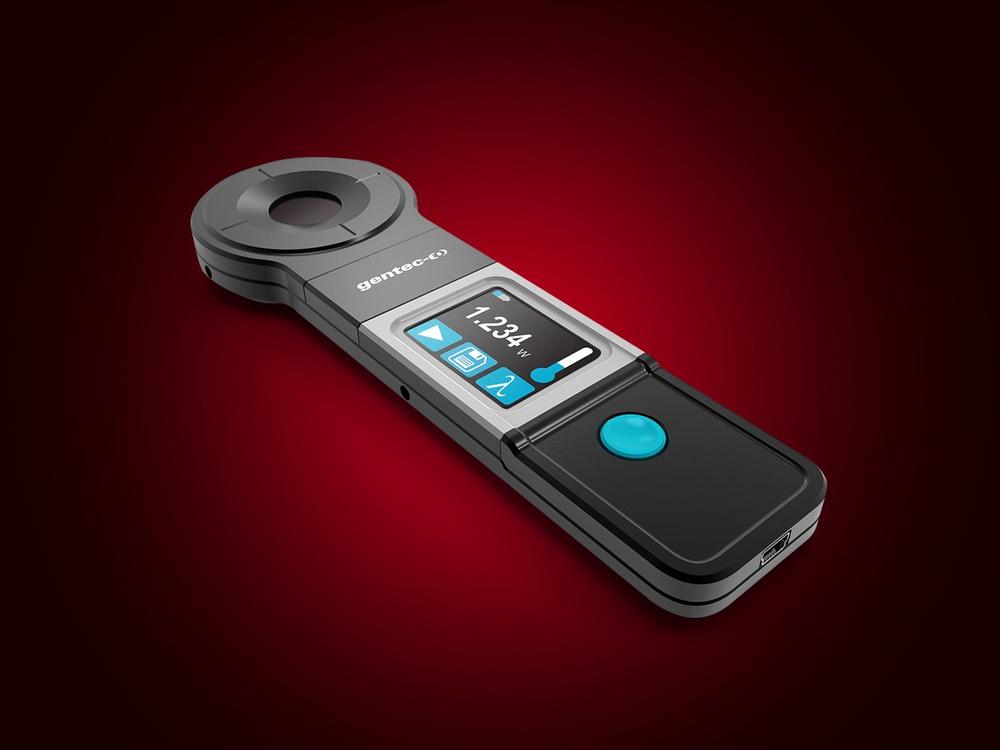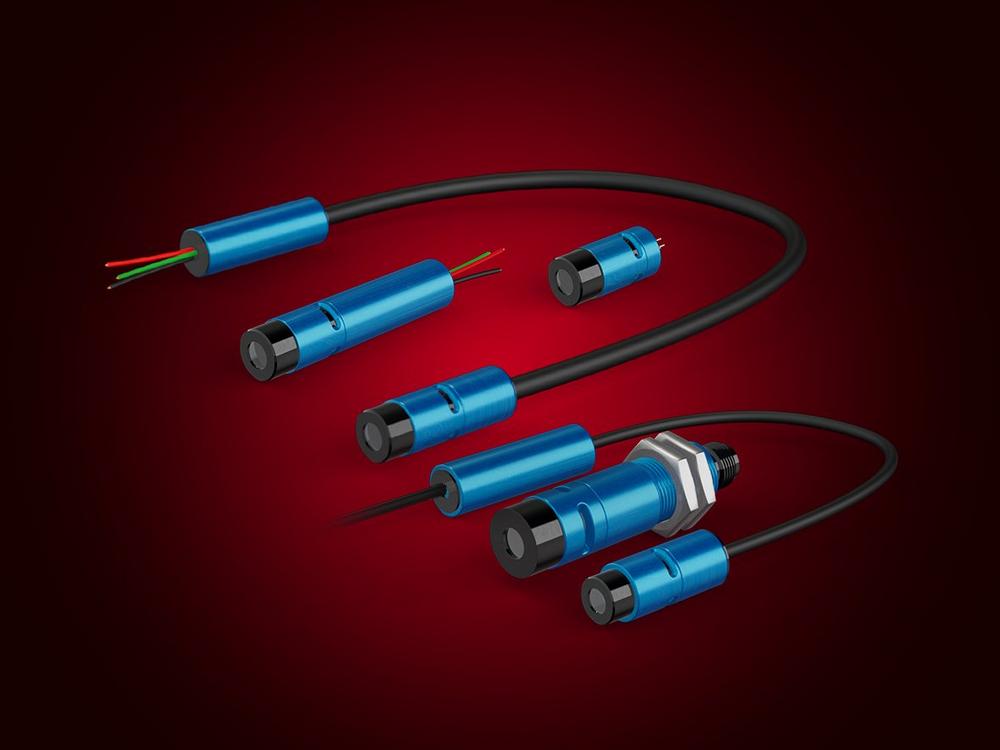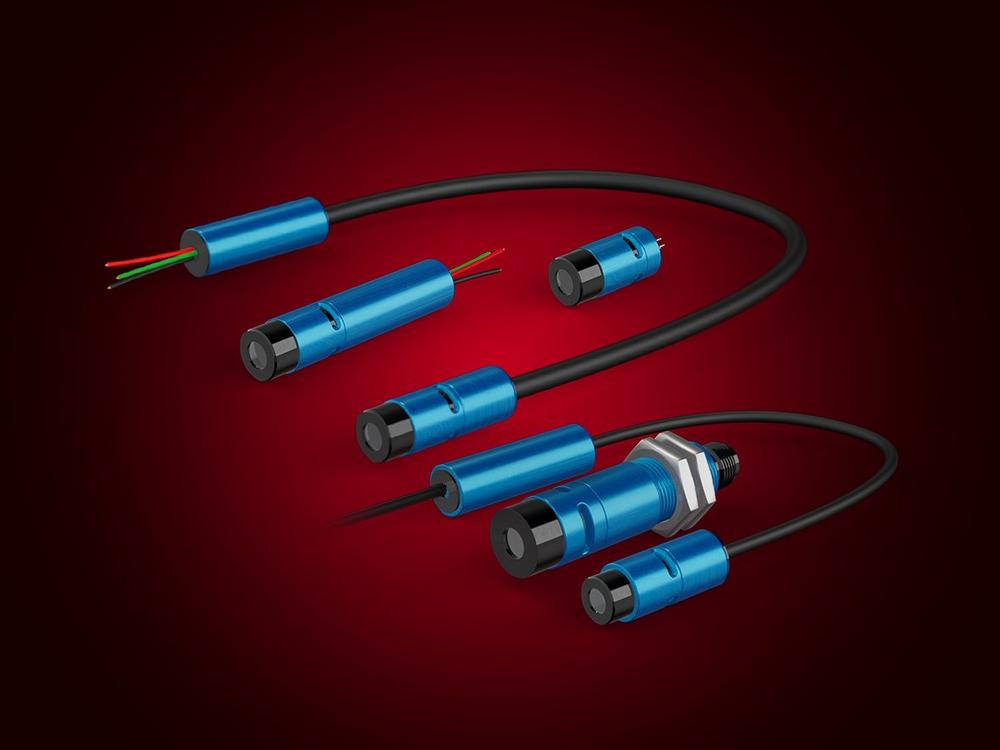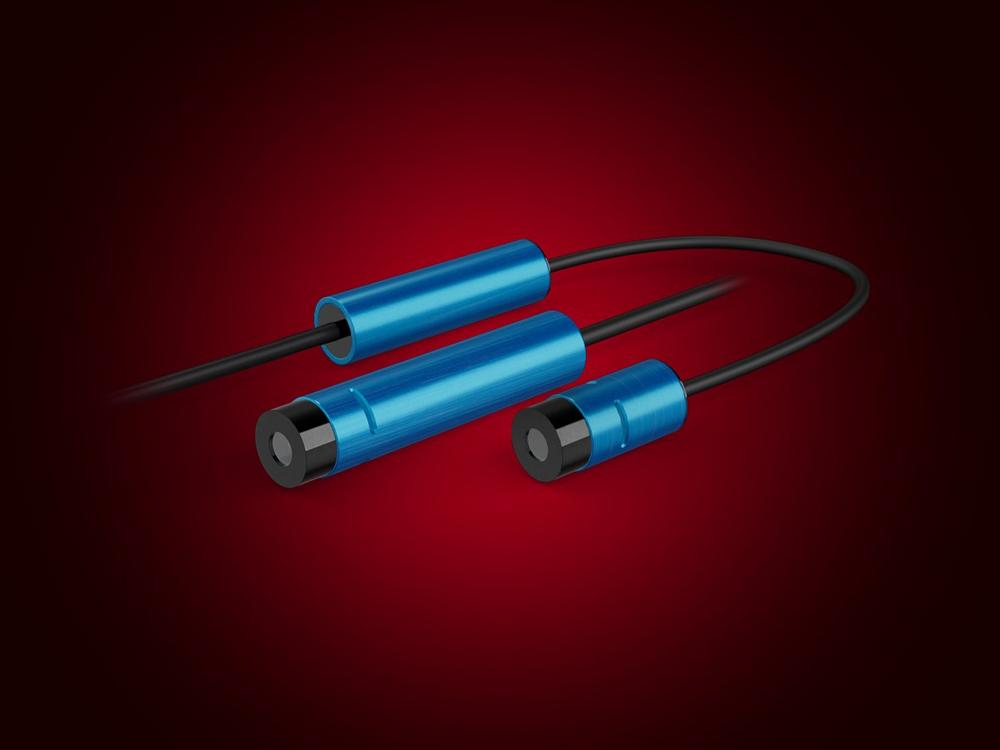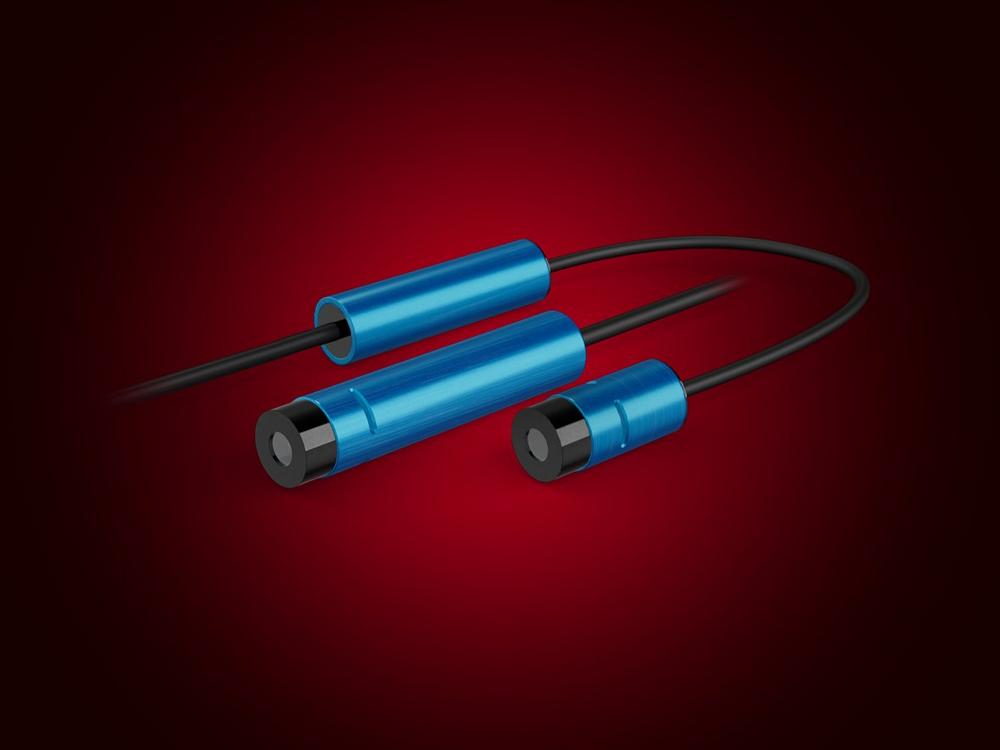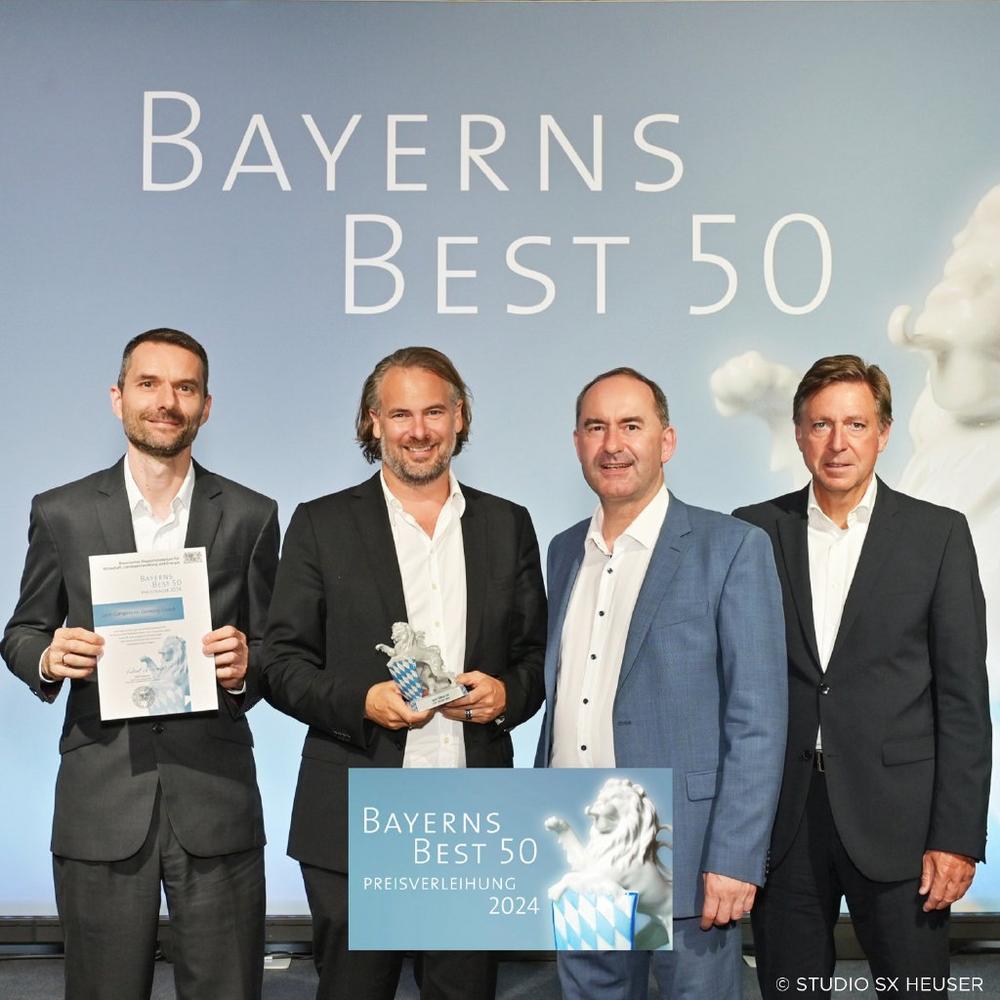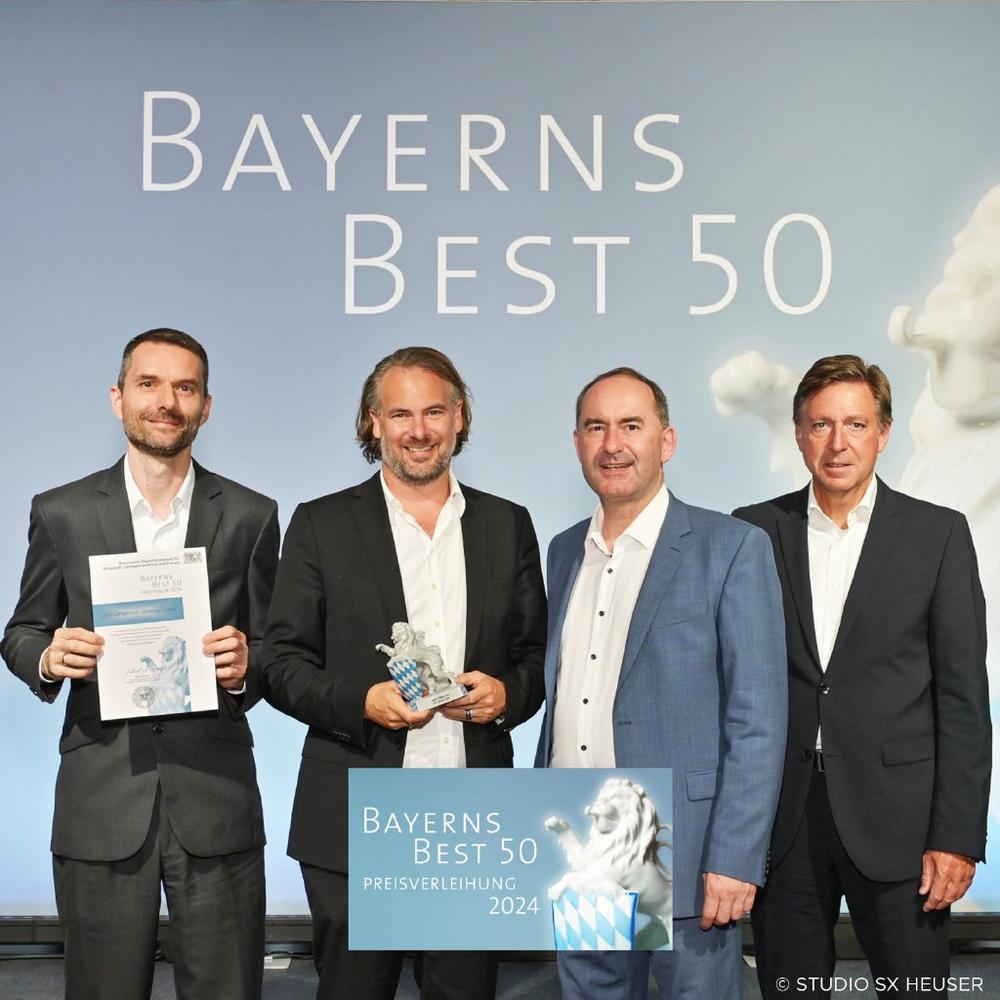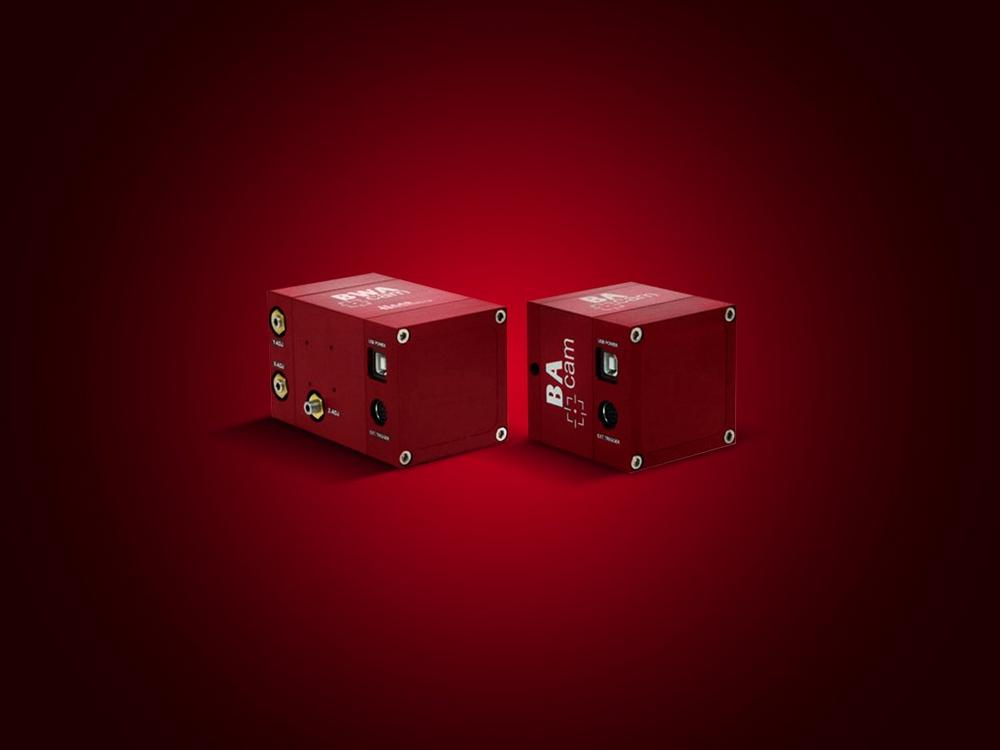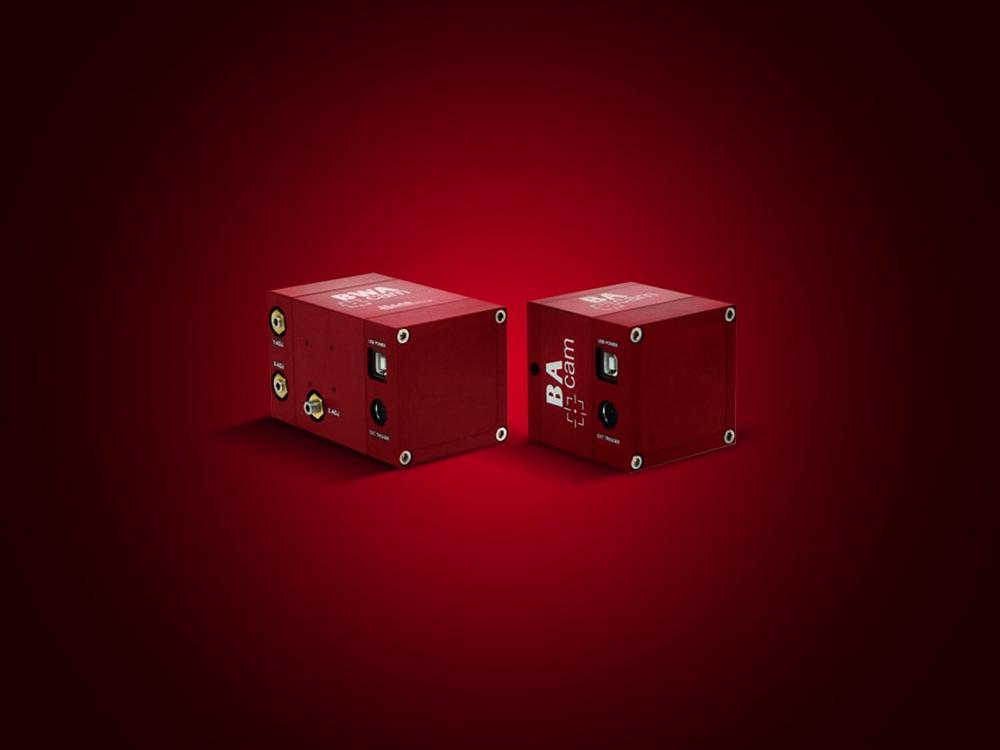Das Laserleistungsmessgerät PRONTO-250-FLEX von GENTEC-EO bietet flexible Kalibrierungsoptionen, sodass Kunden nur für die Funktionen zahlen, die sie tatsächlich nutzen. Das kompakte, handliche Gerät ist in Europa exklusiv bei LASER COMPONENTS erhältlich und eignet sich ideal für den mobilen Einsatz bei Wartungs- und Reparaturarbeiten. Drei verschiedene Kalibrierungsoptionen sind verfügbar: Basis-Breitbandkalibrierung „Y“: vom UV- bis zum NIR-Bereich […]
continue reading